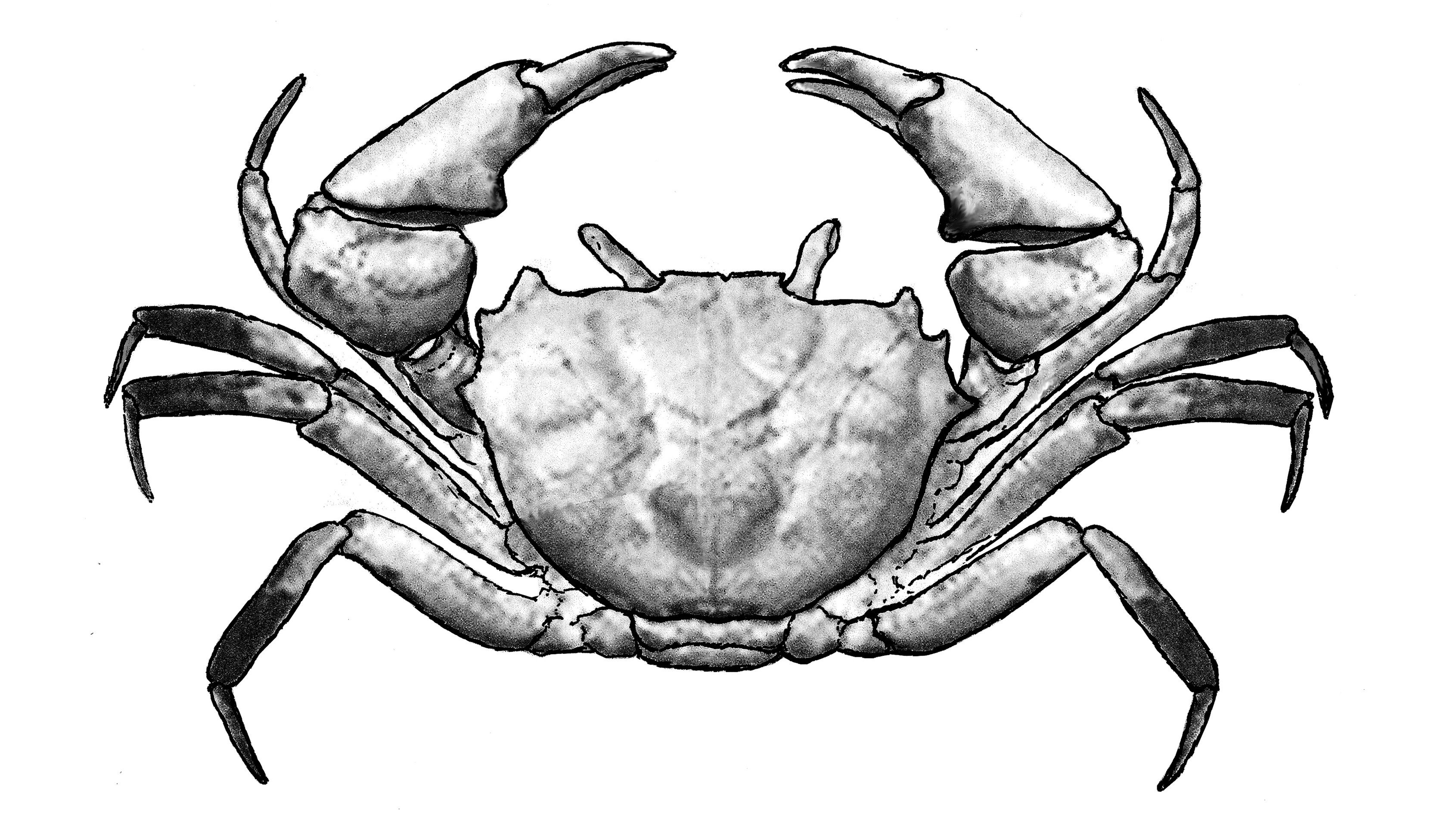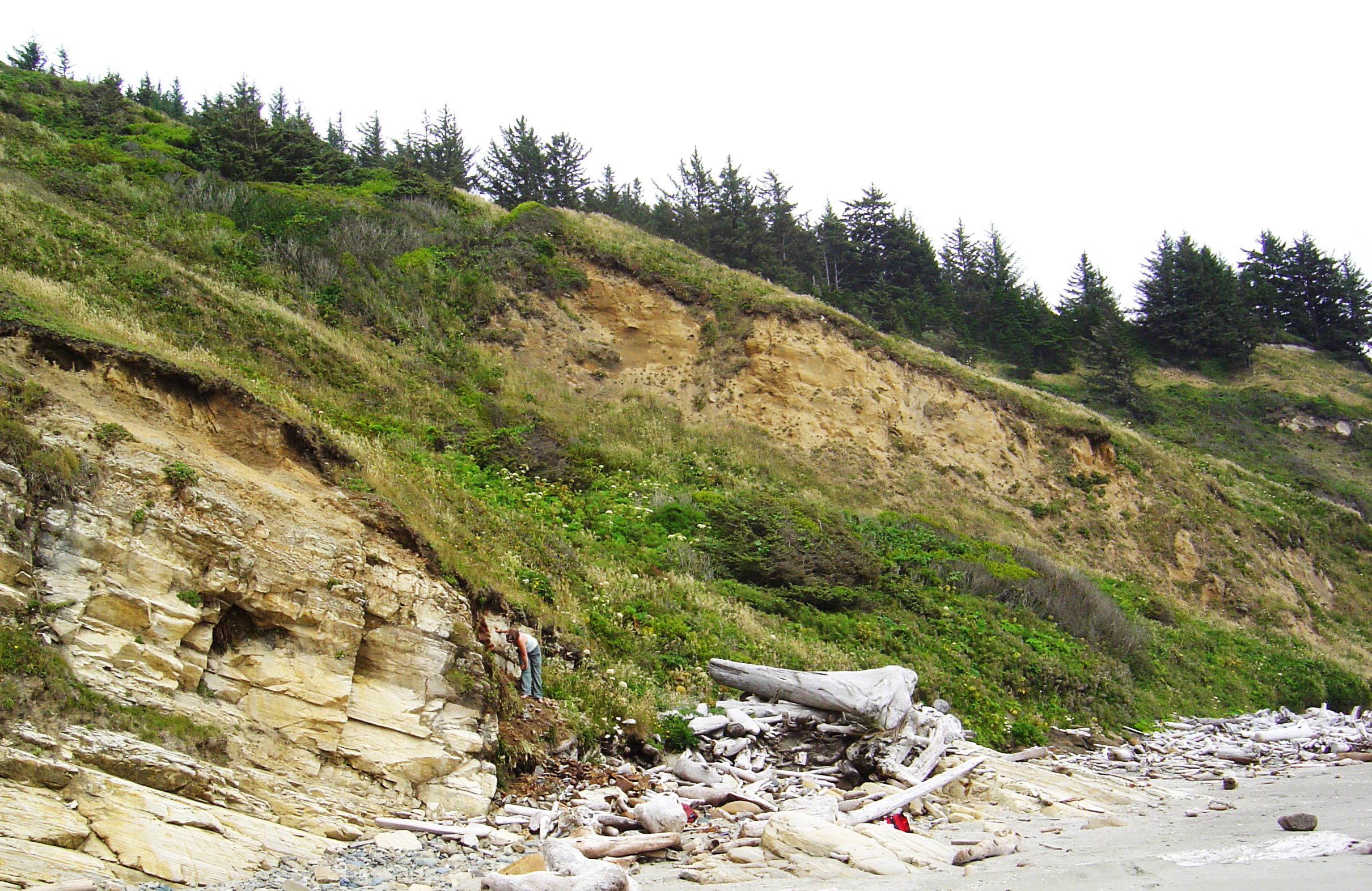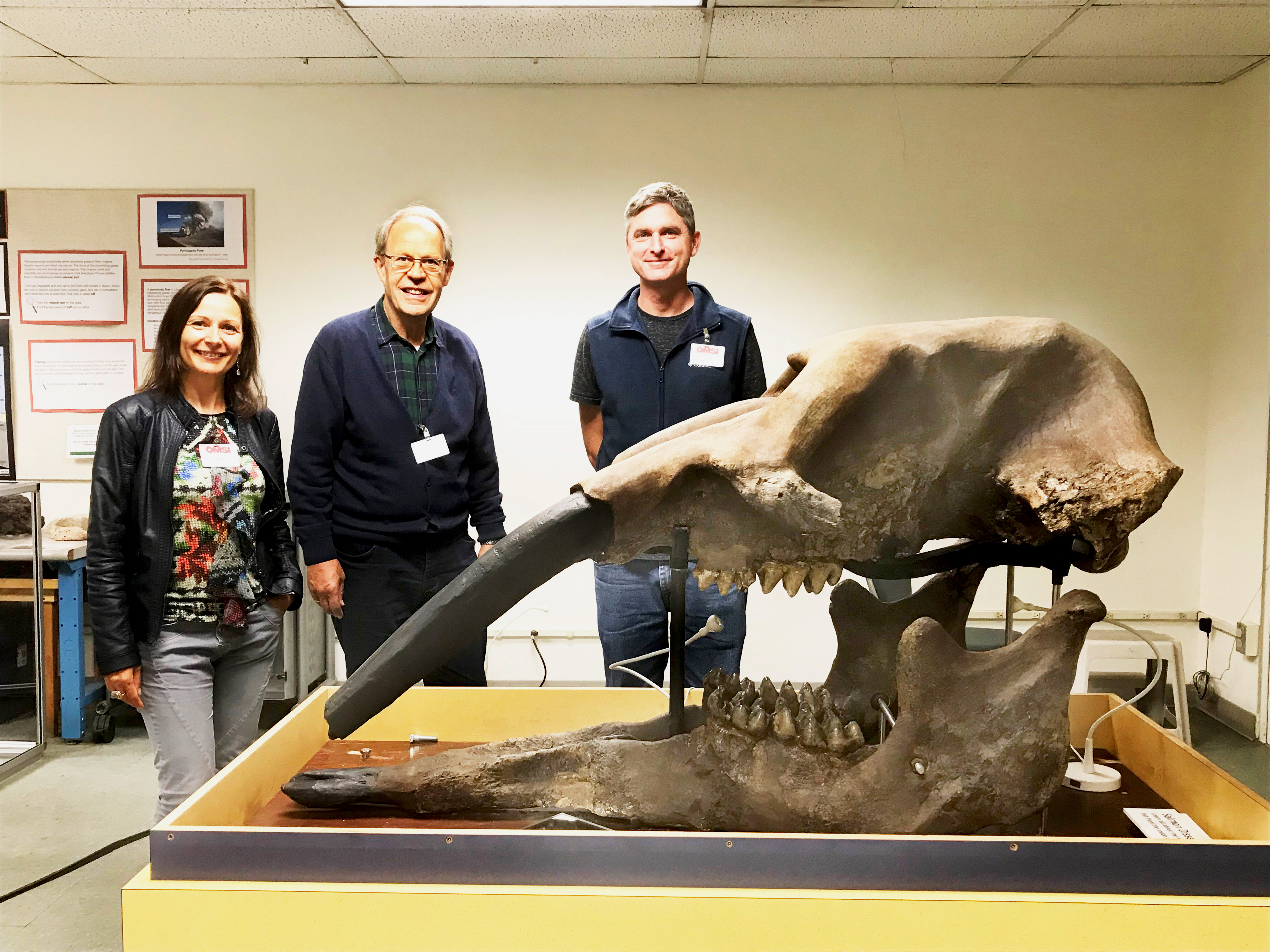The Bulletin of the Museum of Natural History, University of Oregon, accepts original articles in the fields of Archaeology, Botany, Ethnology, Geology, Paleontology, and Zoology, with preference for topics related to Oregon and the Pacific Northwest.
Archives
-

The Early Eocene Decapod Crustacean Fauna of the Lookingglass Formation, Oregon
Vol. 31 (2023)The Tenmile Member of the Lookingglass Formation (Lower Eocene) of southwest Oregon produces a diverse marine invertebrate fossil fauna including at least eleven genera of decapod crustaceans. This is the earliest Cenozoic crab fauna known from the Pacific Northwest, and is one of the earliest on the west coast of North America. The fossiliferous sediments are generally fine-grained mudstones without much compaction, with evidence suggesting a low-energy environment in relatively shallow water and a mild warm climate. The abundance of complete crabs at some localities is exceptional, and suggests repeated mass mortality caused by environmental conditions. Modern relatives of several of the taxa are burrowers. The fossils are often well-preserved in concretions. Preservation in concretions preferentially involves decaying crab corpses; other taxonomic groups are underrepresented in concretions. The fauna includes an unusual number of raninid crabs, in three genera (Raninoides vaderensis, Rogueus orri, and Doraranina manleyi) of which the latter two genera are only known from this formation. A scyllarid, Llajassus caesius, is one of a very few of this group known as fossils. Dominant in numbers is the euryplacid crab Orbitoplax weaveri, with specimens numbering in the thousands. Other crustaceans include the ghost shrimp Ctenocheles hokoensis, Panopeus baldwini (the largest crab in the fauna), Eriosachila orri, Palaeopinnixa rathbunae, and rare examples of Archaeozius occidentalis and Marycarcinus hannae. The abundance of specimens allows examination of several taxa as populations rather than individuals as is frequently the case in fossil crabs.
-

Early Miocene Cape Blanco Flora of Oregon
Vol. 29 (2022)Deposition of the shallow marine sandstone of Floras Lake was interrupted by a transient deltaic progradation of redeposited volcanic tuff, which contains the Cape Blanco flora. Dating by 40Ar/39Ar on fresh plagioclase constrains the age of the plant-bearing tuff to 18.24 ± 0.86 Ma, because we interpret this age of eruption and landscape loading with ash, as within only a few years of redeposition. Several plausible sources of the tuff can be identified from caldera eruptions in the Cascade Volcanic Arc. The relation between the early Miocene Cascade volcanic arc and the Klamath Terrane has been fixed since the early Miocene, and the high Cr2O3 in the sandstones is an indication that the source area for the sandstone of Floras Lake was the Klamath Terrane. Fossil leaves and other plant organs of 33 species of the Cape Blanco flora represent floral diversity and paleoclimate of coastal Oregon during the early Miocene. The flora includes a variety of thermophilic elements from California, including coast redwood (Sequoia affinis), and avocado (Persea pseudocarolinensis), and is numerically dominated by live oak (Quercus hannibalii), and chinquapin (Chrysolepis sonomensis). The size and proportion of serrate margins of the fossil leaves are evidence of mean annual temperature of ~14 º C and a mean annual precipitation of ~223 cm/yr for the Cape Blanco flora. Comparison of the Cape Blanco flora with the Temblor flora of California and the Seldovia flora of Alaska reveals a latitudinal gradient of ~ 0.6 º C/degree latitude, compared with a gradient of ~0.3 º C/degree latitude from isotopic composition of marine foraminifera of the northeast Pacific Ocean. Both results confirm that the late early Miocene mean annual temperature at 45º north latitude was 4-5 º C warmer than today.
-
No. 28
Abstracts from 2019 WAVP meeting in Eugene OR.
-
No. 27
This brief report concerns two colonial-period picture documents from Mexico that are now in the possession of the Museum of Natural and Cultural History at the University of Oregon. Both concern historical matters of geographical import, both are termed mapas (“maps” in Spanish) but most strongly represent political statements.
-
No. 26
Greenhouse climatic warming is underway and exacerbated by human activities. Future outcomes of these processes can be projected using computer models checked against climatic changes during comparable past atmospheric compositions. This study gives concise quantitative predictions for future climate, landscapes, soils, vegetation, and marine and terrestrial animals of Oregon. Fossil fuel burning and other human activities by the year 2100 are projected to yield atmospheric CO2 levels of about 600-850 ppm (SRES A1B and B1), well above current levels of 400 ppm and preindustrial levels of 280 ppm. Such a greenhouse climate was last recorded in Oregon during the middle Miocene, some 16 million years ago. Oregon’s future may be guided by fossil records of the middle Miocene, as well as ongoing studies on the environmental tolerances of Oregon plants and animals, and experiments on the biological effects of global warming. As carbon dioxide levels increase, Oregon’s climate will move toward warm temperate, humid in the west and semiarid to subhumid to the east, with increased summer and winter drought in the west. Western Oregon lowlands will become less suitable for temperate fruits and nuts and Pinot Noir grapes, but its hills will remain a productive softwood forest resource. Improved pasture and winter wheat crops will become more widespread in eastern Oregon. Tsunamis and stronger storms will exacerbate marine erosion along the Oregon Coast, with significant damage to coastal properties and cultural resources.
-
No. 25
The cervid genus Bretzia was first described in 1974 from antler and skull material found in the White Bluffs local fauna of the Pliocene Ringold Formation in south-central Washington. Cervid specimens from the Ringold deposits had been mentioned in published reports in 1917, and 1953, but not until a series of specimens was collected by Willis E. Fry and donated to the Burke Museum in Seattle, about 1970, was the evidence adequate to provide a preliminary diagnosis of Bretzia. The basis of the genus was a series of shed antlers and a portion of the skull of a male individual. Although statements have been made generally characterizing the dentition and postcranial skeleton as similar to Odocoileus, the detailed descriptions of these elements have not previously been published.
Bretzia was similar in size to modern O. hemionus (mule deer) but differed in antler morphology and details of the skull, teeth, and postcranial skeleton. The antler pedicles are more widely separated than in most Cervidae. The antlers are distinctive, with a single anterior tine and a posterior beam which in adult individuals forms a large palmate structure. Enough antlers are known to present a developmental series including juvenile, adolescent, adult, and senescent forms. Numerous details of the dentition and postcranial skeleton, including the metacarpals show that Bretzia pseudalces was a telemetacarpal deer (subfamily Capreolinae). The relationship of Bretzia to the living tribes (Alcini, Capreolini, and Rangiferini) is uncertain. Bretzia was one of three known genera (Bretzia, Odocoileus, and Eocoileus) in an early Pliocene (ca. 5 Ma) evolutionary radiation of cervids after the initial immigration from Asia into North America around the time of the Miocene-Pliocene boundary. The Ringold Formation deposits in which the cervid sample was found date to the early Blancan (early Pliocene), probably between 5.0 and 4.8 Ma. The White Bluffs cervid sample largely consists of seasonal (winter and spring) accumulations of bones, antlers, and teeth, which were scattered, weathered, and then buried by spring floods. The proximal environment was a level floodplain with the streams bordered by forest and brush, and surrounded by marsh, small lakes, and grassland. The climate was seasonal but somewhat milder and wetter than at present.

